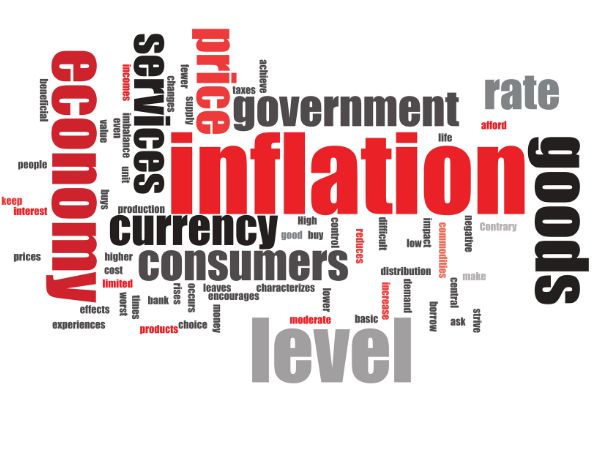
70 years the history:
In 1970 interest rates started at 5.88%, moved up to around 7%, (with a 30year mortgage rate 1971, 7.3%). Then in 1974 jumped to 10.38% for the first time in Australian history. This rapid inflation was due to oil shortages in 1973 & 1979. Rates remained around that until 1980 while inflation rose to 18%.
In the 1980’s the Reserve Bank increased official rates to nearly 20% to fight the asset price inflation prevailing at that time. The record high rate of 17.5% was set in January 1990. Australia slipped into recession that lasted until late 1991. According to the Treasurer of the time, ‘this is a recession that Australia had to have’ – Treasurer Paul Keating, November 1990.
A series of events created this situation.
- The International Stock market slump of October 1987 saw markets crash around the world. It started with interest rates rises in Japan and Germany, that pressured US rates to jump creating a huge selloff of US shares. Global share prices fell around an average 25%, but Australia slumped to a 40% decline. Of the OECD economies 17 of 18 experienced a recession in the early 1990’s.
- In Australia the Labor Party came into power in 1983. Under the Hawke-Keating government it shifted the Labour Party from its traditional allegiance to economic protectionism, and moved to deregulate Australia’s financial industry. The role of trade unions was also restructured and the rest is history!
- On reflection, speaking in 2006, Ian Macfarlane, former Reserve Bank Governor, said ‘The recession of 1990-91 was dominated by financial failure. In most cases, it was the fall in asset prices that meant that loans could not be repaid, thus transferring the distress to financial institutions.
Mortgage rates remained high until the end of 1990’s, when they levelled off to 6.5%.
Since the early 2000’s rates remained in the 4.5% to 8% range.
Since 2009 we have seen modest inflation and record low interest rates. The record low of 0.10% in November 2020. A situation that gave consumers greater spending power that for some has become a way of life.It comes as no surprise recent inflationary pressures, cost of living increases has dramatically impacted this cohort, particularly mortgagees. .
And here we are today!
From May 2022, interest rates have increased by a total four percentage points.
November 7, 2023, in a statement released by Michelle Bullock, Governor Reserve Bank, ‘Inflation in Australia has passed its peak but is still too high and is proving more persistent than expected a few months ago. ‘CPI inflation is now expected to be around 3½ per cent by the end of 2024 and at the top of the target range of 2 to 3 per cent by the end of 2025’.
In a statement on its monetary policy decision (7 Feb 2024) the RBA said 'the higher interest rates are working to establish a more sustainable balance between supply and demand in the ecomony and will continue to do so'.
In summary, Inflation- What's it all about.
- As exampled above, its forces in play, driven and influenced by variables, us, consumers, demand, supply, global events, weather conditions, politics, monetary policy and economic cycles.
- It will be experienced and viewed differently, positively or negatively, depending on your circumstances, and rate of change.
- Experts, consumer Groups, and Forecasters opinions may differ, and do, as to how to prevent or solve the problems of inflation.
Watch this space,
What happens next! It’s a wait and see!

 Your Accounting Partner
Your Accounting Partner Your Management Accounting Partner
Your Management Accounting Partner Your Expansion Engineer
Your Expansion Engineer Your Special Projects Partner
Your Special Projects Partner